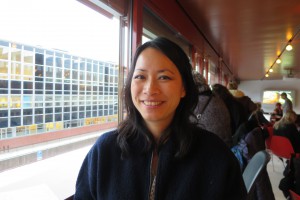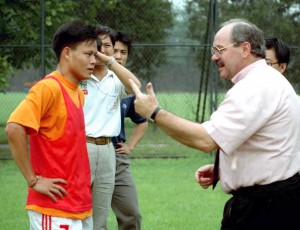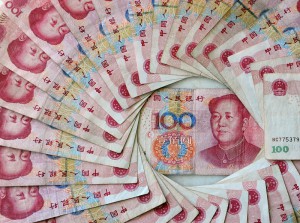STOCKHOLM, Jan 13. (Greenpost)–Swedish Spring Film Premiere 2016 was held on Monday in Stockholm.
Kristina Börjeson, Head of Film Support speaks at the opening.
 Kristina Börjeson, Head of Film Support said that since the beginning of the 1990s, Swedish government has decided to support film production in the country. The funding almost all comes from the Film Support. For example 12 of the 16 films are supported by Swedish Film Support. Directors can apply for many kinds of subsidies to produce films. There has always been a great enthusiasm in making films in Sweden.
Kristina Börjeson, Head of Film Support said that since the beginning of the 1990s, Swedish government has decided to support film production in the country. The funding almost all comes from the Film Support. For example 12 of the 16 films are supported by Swedish Film Support. Directors can apply for many kinds of subsidies to produce films. There has always been a great enthusiasm in making films in Sweden.
Erik Gandini directed The Swedish Theory of Love which was also screened in the International Film Festival in Stockholm in November.
Suzanne Osten directed The Girl, Mother and Demons describing a lonely and psycologically problematic mother with her daughter who is just 7 years old. Esther Quigley is seen as a young star.
Linda Hambäck, director of Bajsfilmen-Dolores och Gunnellens värld said this was the first time she directed a film wholly by herself. She was South Korean origin and adopted by Swedish parents.
“I have got some flavor of my own background in the film, it’s about friendship. When one of the two friends wants to go outside world, the other was almost mad,” said Linda Hambäck to Green Post.
 In the film, she shows one girl with western face and the other with an Asian face.
In the film, she shows one girl with western face and the other with an Asian face.
Famous TV host Cecilia Nilsson was the MC of this premiere.
Another film aroused our attention was The last Generation. It is about Sami culture and Sami people. Petri Storlöpare who directed the film told Green Post that he lived around many Samis. He was born in Finland but lives in Sweden all his life. He was luckily able to follow the main charactor in the film for a year to experience his life as a reindeer herdsman.
He wanted to show the sami people, sami culture and hope that they will not disappear so soon.
A lot of funds were invested in promoting sami culture during the 2014 European Cultural Festival.
CREW of Rubbish Helicoptor were interviewed by Cecilia.
Similar documentary about Swedish famous singer and her colleague famous singer BABs was also screened.
Cecilia Nilsson, Petri Storlöpare.
Another film aroused our attention was The last Generation. It is about Sami culture and Sami people. Petri Storlöpare who directed the film told Green Post that he lived around many Samis. He was born in Finland but lives in Sweden all his life. He was luckily able to follow the main charactor in the film for a year to experience his life as a reindeer herdsman.
 He wanted to show the sami people, sami culture and hope that they will not disappear so soon.
He wanted to show the sami people, sami culture and hope that they will not disappear so soon.
Henrik Andersson talks about his daily life as a sami.
A lot of funds were invested in promoting sami culture during the 2014 European Cultural Festival.
This was a very heavy film describing relationship between father and daughter. Sixteen films were introduced during the spring film premiere.
Sixteen films were introduced during the spring film premiere.
Photo/text by Xuefei Chen Axelsson





























